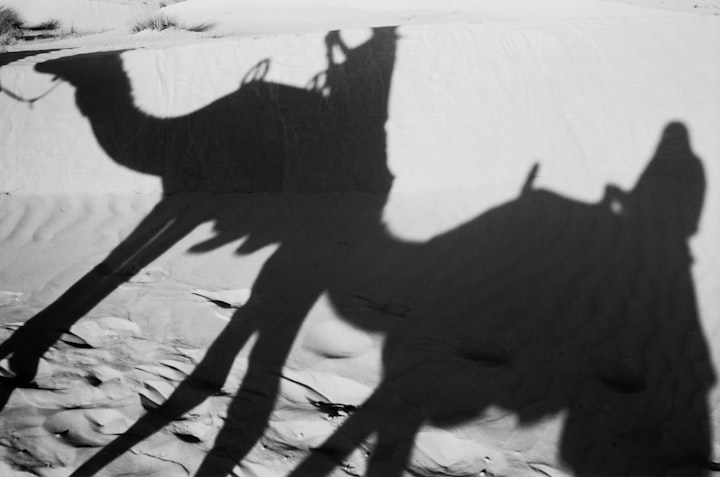Mario Grasso, "Latte di cammella"
Review

The mistake of Mario Grasso’s “Latte di Cammella” is to give in to the temptation of narrative, wanting to give a captivating look to what should only be reportage, a brutal denunciation. The beginning of the novel, with the journalist Vanni Ossarg who has a premonitory dream and then meets disturbing characters in a ruined, misty and timeless village, seems to plunge the reader into a paranormal thriller, to then immediately catch him by the hair and throw him into matter of investigative journalism. Vanni Ossarg will go to Somalia and then to Sierra Leone, narrating what he sees in his own way. Beyond the completely different content, the way of exposing is that of “The Celestine prophecy”, in a mix between essay and narrative, in an accumulation of dialogues, meetings, illuminations and indoctrination of the reader.
Grasso’s reportage, his way of telling us about Africa, is marred by a strong line of thought, aimed at the forced justification of everything that is the black continent, seen as innocent, as originally “good”. Extenuating circumstances are thus found for the sharia, the pirate raids, placing all the blame on the West.
“Whoever wants to help Somalia shouldn’t think of clan struggles, of the ugliness of exasperated fundamentalism, of the many things that need to change, but of the people and children whose only fault is that they were born there or elsewhere.”
It is true that denunciation is essential, that all too often machete wars — hastily labeled as ethnic or tribal — are forgotten by our newscasts, with their unthinkable horrors. Rivers of blood and death flow in Africa, chasing diamonds, oil, toxic waste dumped from the sky, with the complicity of corrupt politicians, warlords, rapacious multinationals and even fake-humanitarian organizations, above all an accomplice, and silent witness, the West.
The book is a succession of horrors: children transformed into killing machines, forced to amputate the arms and legs of relatives, made aggressive with cocaine inserted under their skin, children whose humanity has been destroyed, making them alone in the world, victims in turn of atrocious mutilations, diseases, hunger, marginalization and illiteracy; girls raped and infected with AIDS; children sacrificed by their parents, vaccinated too many times in exchange for a mosquito net to resell.
The most beautiful part of the book, however, is neither the story told, nor the intent of insistent accusation, but rather the description of Africa, its dusty and golden landscapes, its fiery sunsets, its spicy and acrid smells, of its immense baobab trees, of its thorny acacias, of the acid smoke of burnt tyres, of the stench of open-air dumps, of sewage poured into the sea, of the markets where very poor goods are sold, things that we would throw in the garbage and there they mean another day of survival. Page after page we enter the places, we smell the smells, we perceive the heat and the wind, the voices, we see the faces of ebony and jet.
There is another vein in the novel, assuming that we can speak of a novel, and it is the feeling that blossoms between Vanni and Sonia, the one who cares about the fate of the disinherited, the last people of the earth. The act of love is described in a courtly tone, without vulgarity, like a balm that soothes wounds, which gives respite to horror, as compensation for the “hero”.
The style is clean, with detailed but not always necessary explanations, in the eagerness to say everything and too much, to tell and investigate every aspect of the relationship between the West and the African continent, communicating facts, news, statistical data, mixing them with personal opinions and reflections .
About the Creator
Patrizia Poli
Patrizia Poli was born in Livorno in 1961. Writer of fiction and blogger, she published seven novels.






Comments
There are no comments for this story
Be the first to respond and start the conversation.